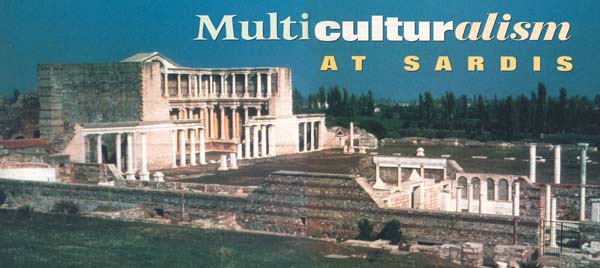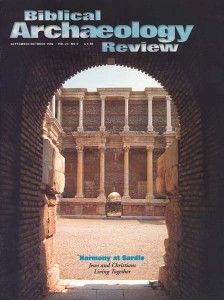Multiculturalism at Sardis
Jews and Christians live, work and worship side by side

Christian anti-Semitism in the Byzantine period (312–1453 C.E.) is well documented—in legal codes, in religious and secular literature, and in iconographic depictions.1 The Oxford Dictionary of Byzantium describes the situation:
[Jews] lived among a triumphant, arrogant, and multi-ethnic Christian population whose literature, religion, liturgy, and art derived in part from Jewish sources. [Jews] experienced anti-Semitism through imperial policy, intellectual snobbery, and ecclesiastical polemic. Byzantine religious art, save for canonical Old Testament figures and scenes, confined representations of Jews to such pejorative contexts as among the damned in the Last Judgment.2
Archaeology, however, provides somewhat of a corrective. It’s not that anti-Semitism didn’t exist; at times, it was rampant. Yet the archaeological record proves that some Jews and Christians lived peaceably together in the same communities, worked together and even respected each other’s sacred symbols.3
Already a library member? Log in here.
Institution user? Log in with your IP address.

